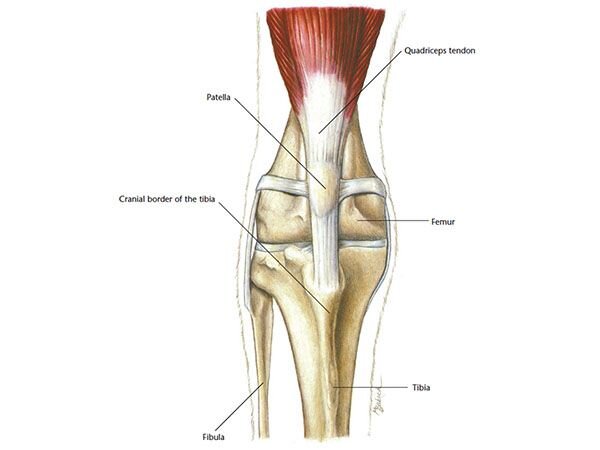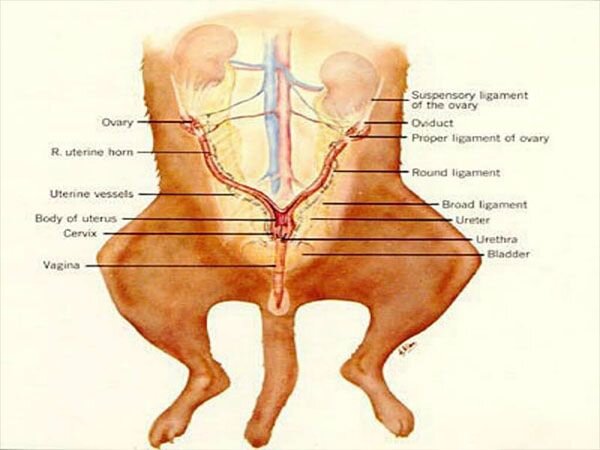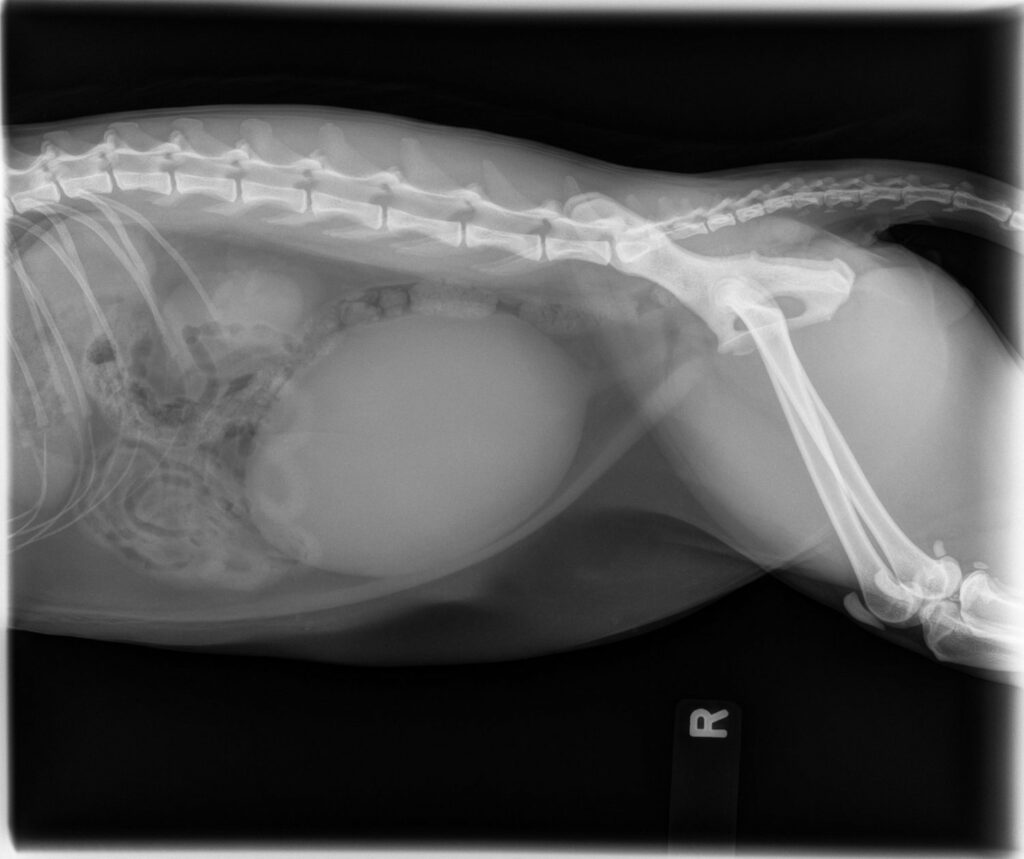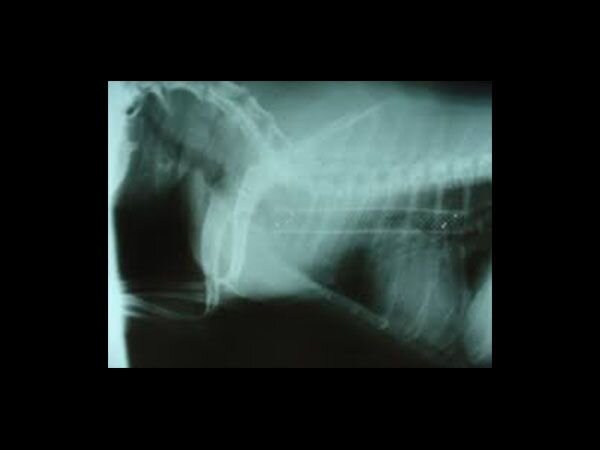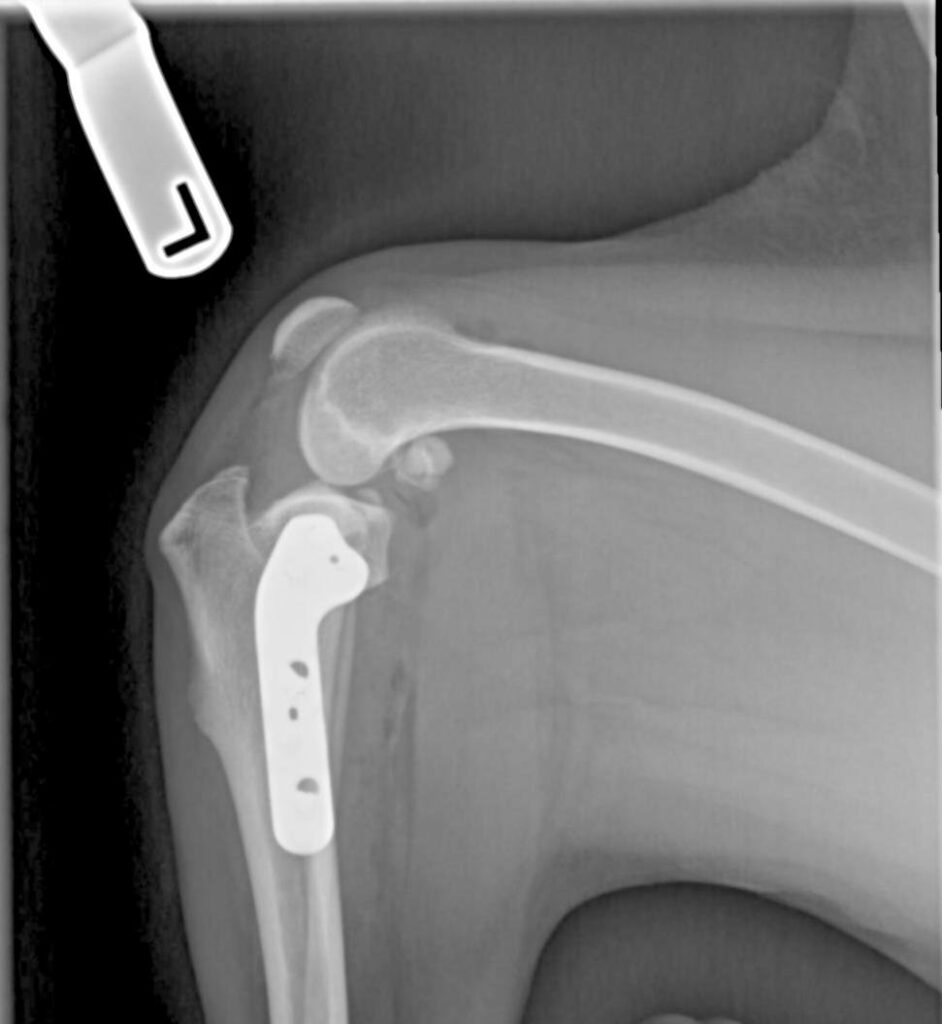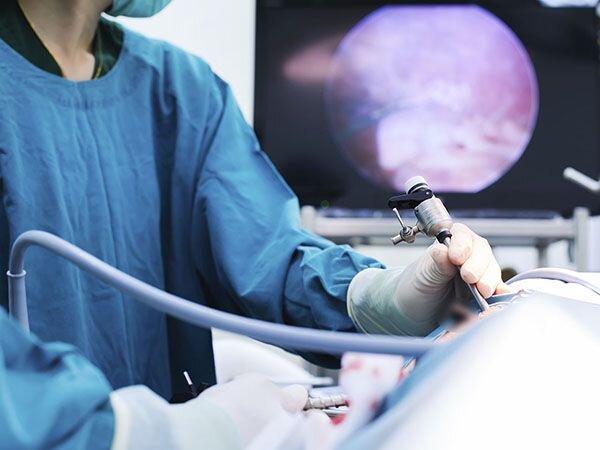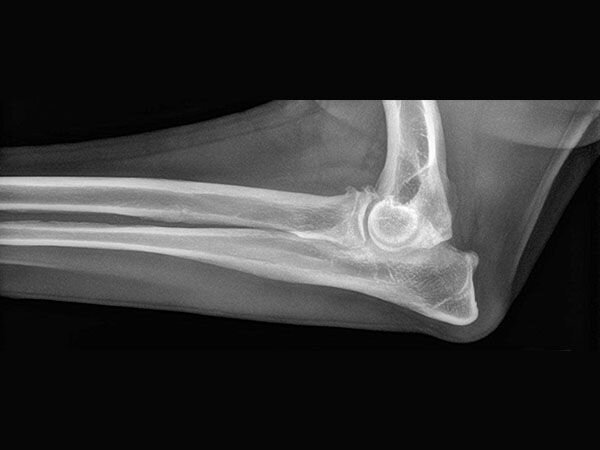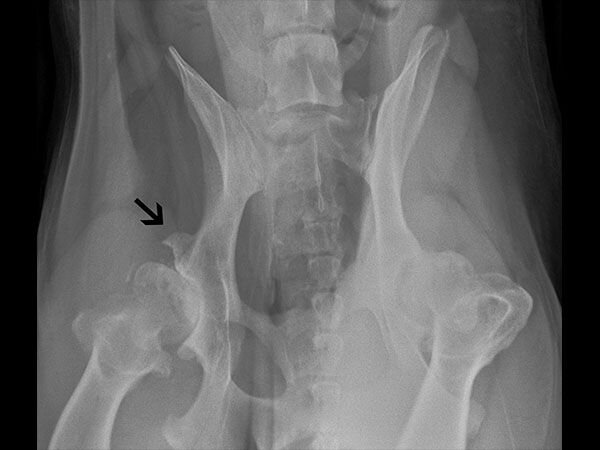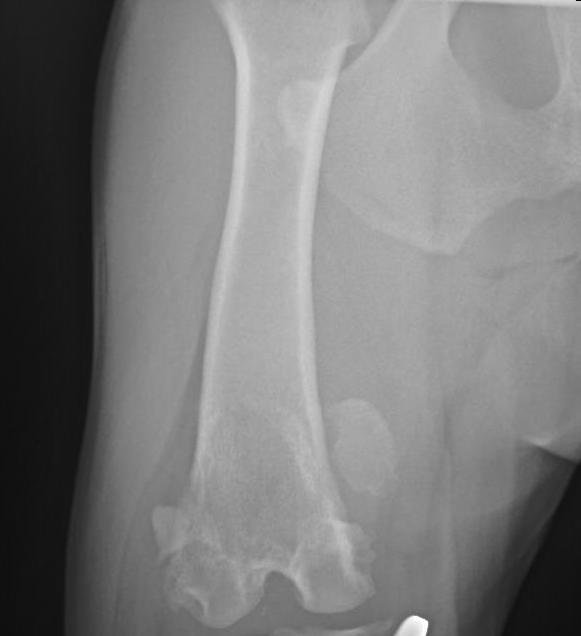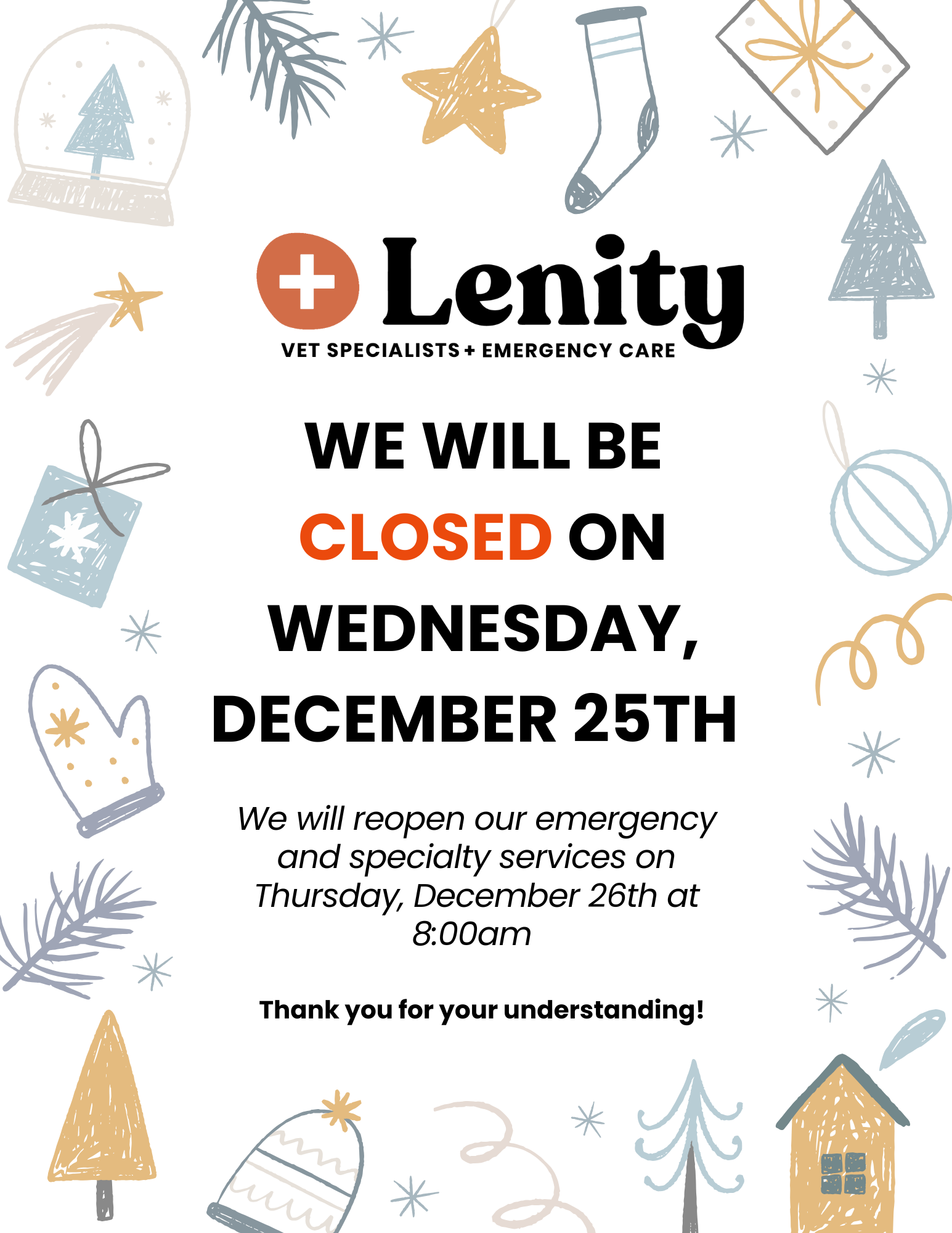Info for clients
We’ll here to help, in whatever way we can
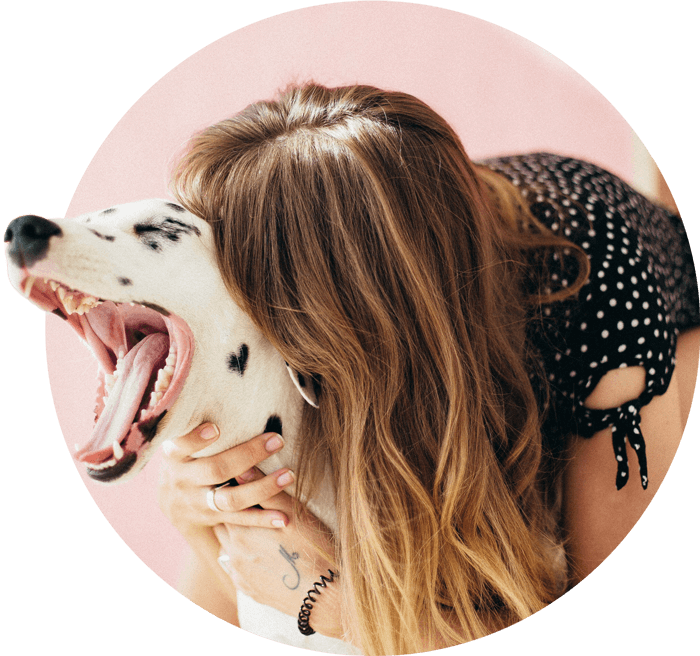
Preparing your animal for surgery
We know that surgery day can be stressful for pets and their owners. We’ll do everything we can to ease your fears, walking you through the process and answering any questions you might have. Let’s get started so that your pet can be well on their way to a healthy recovery! We work together with pet owners and their regular veterinarian every step of the way, from the first consultation through the healing process. Thank you for allowing us to care for your beloved companion.
We do our best to quickly schedule your pet for the first day and time available based on a variety of factors in the clinic.
On the morning of the surgical consultation, please do not feed your pet (water is fine.) Bring any medications your pet has been prescribed or has taken, along with x-rays, MRls, and CT scans that you have of your pet. You do not need to worry about medical records and bloodwork, we will contact your veterinarian for those. If the blood test results are from more than 4 weeks prior, we may perform bloodwork on the day of the procedure.
Feed your pet as usual the night before surgery, but remove access to food after 10pm (water is fine.) Make sure you’ve checked in with us about administering their regular medications the night before and the morning of the surgery.
Plan to arrive at the hospital with your pet at your scheduled time so that we have enough time dedicated to ensuring all steps are complete for checking in. We also may want you to arrive at a specific time for the surgical consultation (if same-day) and any necessary bloodwork. The veterinarian will also need time for a thorough preoperative exam.
On the day of the surgery, we will meet with you to gather complete contact information (including multiple phone numbers) in case of emergency. We will give you an estimate for when your pet’s surgery will be complete so that you know when to expect a call from the veterinarian. Someone from our surgery team will contact you at the beginning of the induction process to keep you updated.
You will receive printed instructions for managing your pet’s care and health during their recovery. This will include important warning signs to watch for and suggestions for preventing certain behaviors. We will walk you through the instructions to make sure you understand them. Please plan for this review to take 30 minutes when you come to pick up your pet.
We encourage you to bring blankets, towels, potty pads or padding to cushion your pet and keep them warm and comfortable after the surgery and for the ride home. Using a crate in the back of an SUV or hatchback is ideal to ensure stability. If neither of these are an option, the floor of the back or front seat may work well as long as you make sure they’re not moving around too much. Be prepared for accidents as an after-effect of the anesthesia.
Your pet may be enthusiastic after their big day, but it’s important to make sure they’re taking it easy. Keep contact with other people (especially children) and other pets limited. Your pet will likely settle back in easily after the first day. Please do not allow your pet to lick at the incision site or allow others to touch it. Your pet will be sent home with a collar to prevent this activity. If your pet can get around the collar please call us immediately.
We will discuss your pet’s individual needs and the level of care required based on their specific surgery. Pets can generally be left alone in a confined area free of temptations to misbehave after discharge for 6-8 hours at a time.
We will schedule your first follow-up appointment at discharge. On the morning of the follow-up, please do not feed your pet (water is fine.) We may need to sedate your pet to position them properly for x-rays to confirm a successful recovery. We may remove sutures or staples at this appointment, or we may need to set up an additional appointment. Please keep in mind, some follow up appointments do require additional payment, depending on what the doctor is doing.
Please keep in mind that your pet should not be left unsupervised with other pets during their recovery. Rough-housing and incision licking are both common problems that can crop up.
If you have floors like hardwood or tile, you may need to provide sturdy rugs and runners to prevent slipping (yoga mats work great!). You will be sent home with a fleece sling to help them stand/walk. A rolled towel under the belly can also act as a strap to help them rise to standing in the first few weeks.
Preventing overactivity is crucial for proper healing after the surgery. Choose a small room or area, such as a bathroom or crate, that you can easily control to enforce rest and relaxation. For particularly antsy pets, we can prescribe a mild sedative.
Use a baby gate to block your pet from using the stairs without supervision. Otherwise, its fine for your pet to climb stairs as long as its done in a controlled fashion, such as on-leash.
Following surgery, your pet should be taken outside on-leash for 5 minutes at a time as needed. After the first week, you can begin to slowly increase the amount of time spent on the walk by an additional 5 minutes each week.

